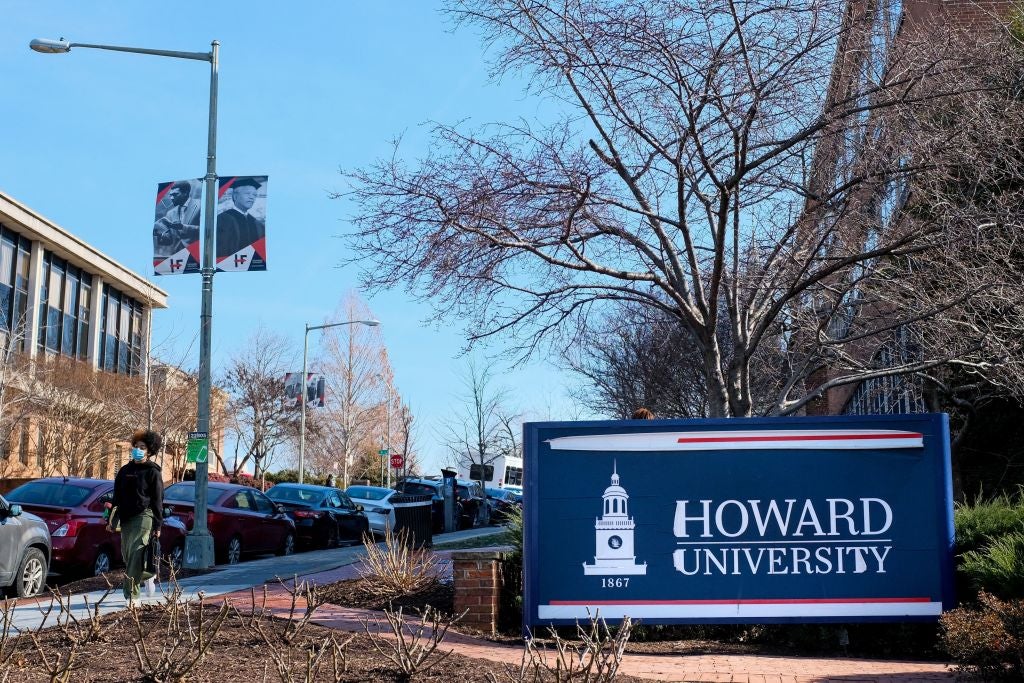To create diversity in journalism for the present and future, we must understand and preserve past stories told by Black voices. According to the Associated Press, Howard University received a $2 million donation to digitize a vast collection of Black newspapers to make them widely available to the public and researchers.
Suggested Reading
This effort includes the Black Press Archives, containing over 2,000 newspaper titles from the U.S. and countries in Africa and the Caribbean–featuring publications such as Chicago Defender and New York Amsterdam News as well as publications in French, Xhosa, and Kiswahili.
Benjamin Talton, director of Howard’s Moorland-Spingarn Research Center, stated that most of the collection “has been inaccessible to the public, with only a small percentage of materials microfilmed and the physical copies fragile.”
From Associated Press:
“Once digitized, Howard’s Black Press Archive will be the largest, most diverse, and the world’s most accessible Black newspaper database,” he said in an email.
The Center for Journalism & Democracy in Howard received the grant from the Jonathan Logan Family Foundation, an entity that supports social justice causes in journalism and the arts. Pulitzer winner and New York Times journalist Nikole Hannah-Jones who founded the center, stated the importance of this project to have a better sense of the past.
From Associated Press:
“We will be able to go back and look at these archives and these newspapers and the way the Black press was covering the world and have a greater understanding of who we are as a society, who we were back then and who we are now,” she said. “Right now, we really are only getting a very narrow part of the story, and that is the part of the story told through power and through the ruling class.”
Straight From 
Sign up for our free daily newsletter.



